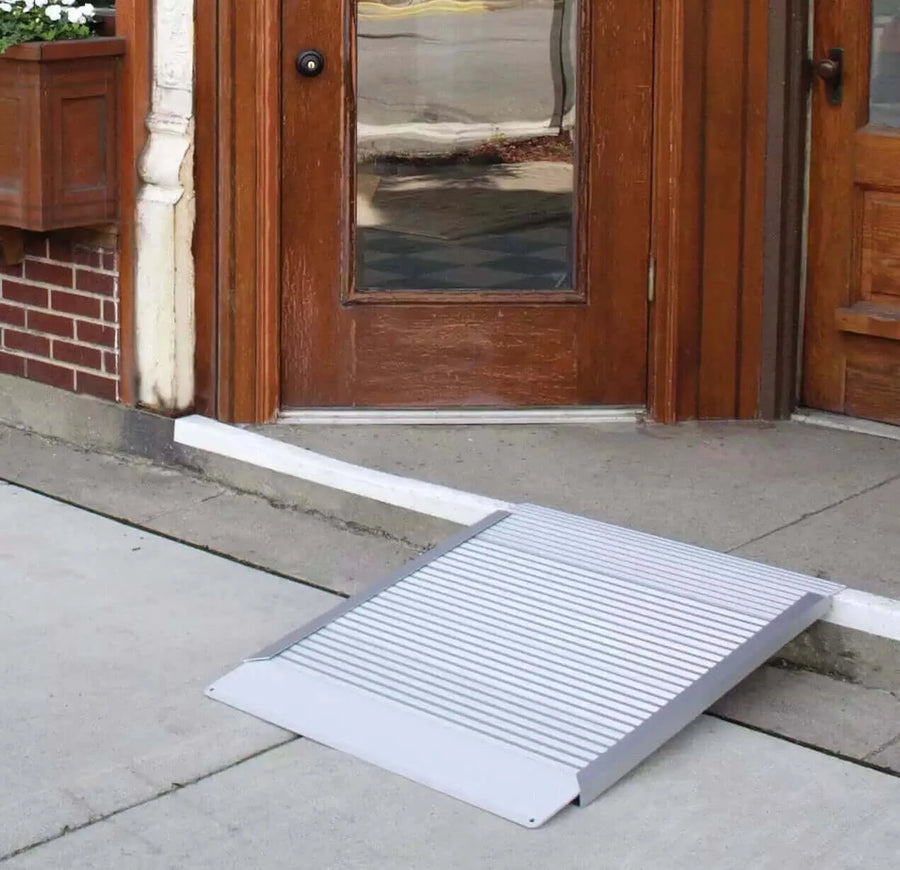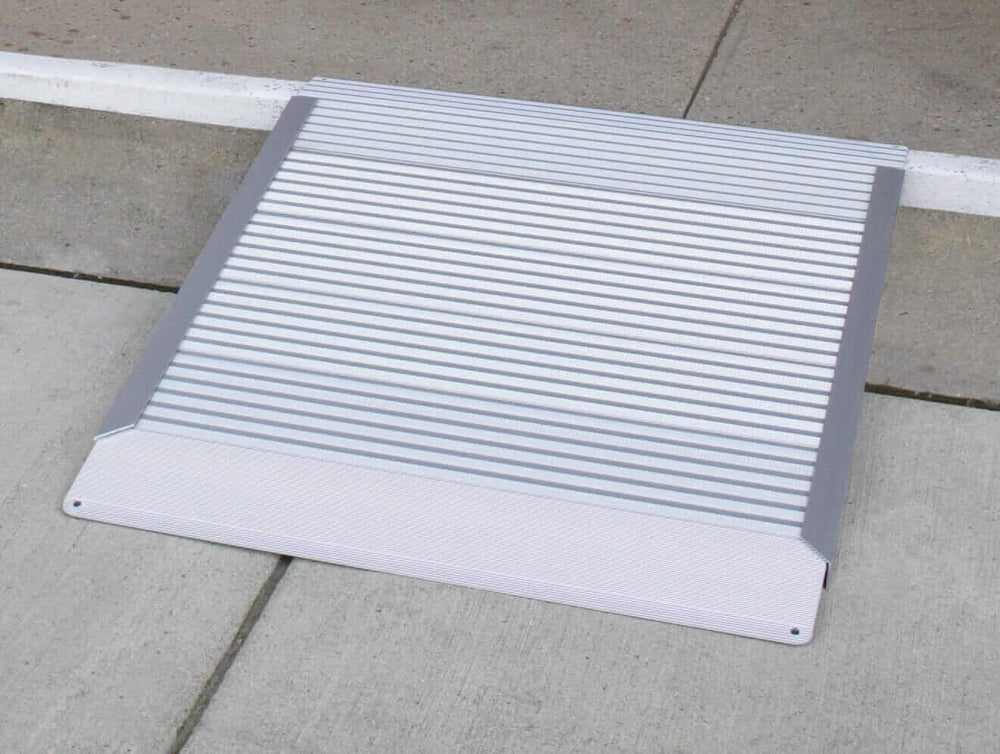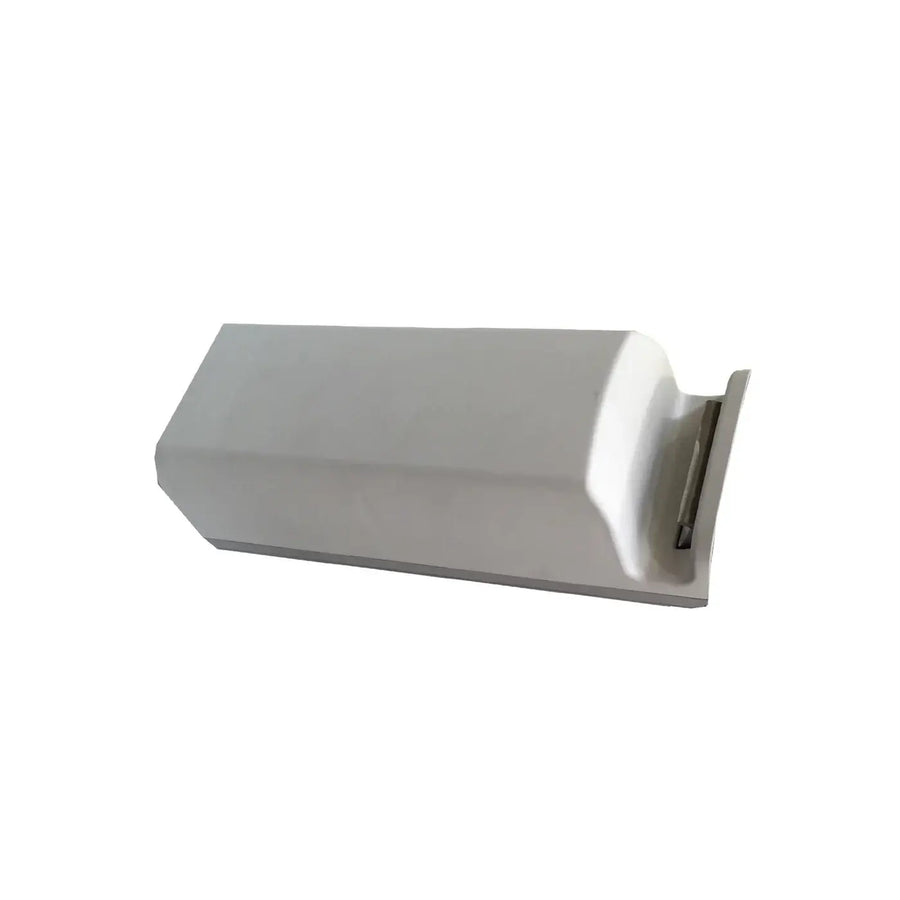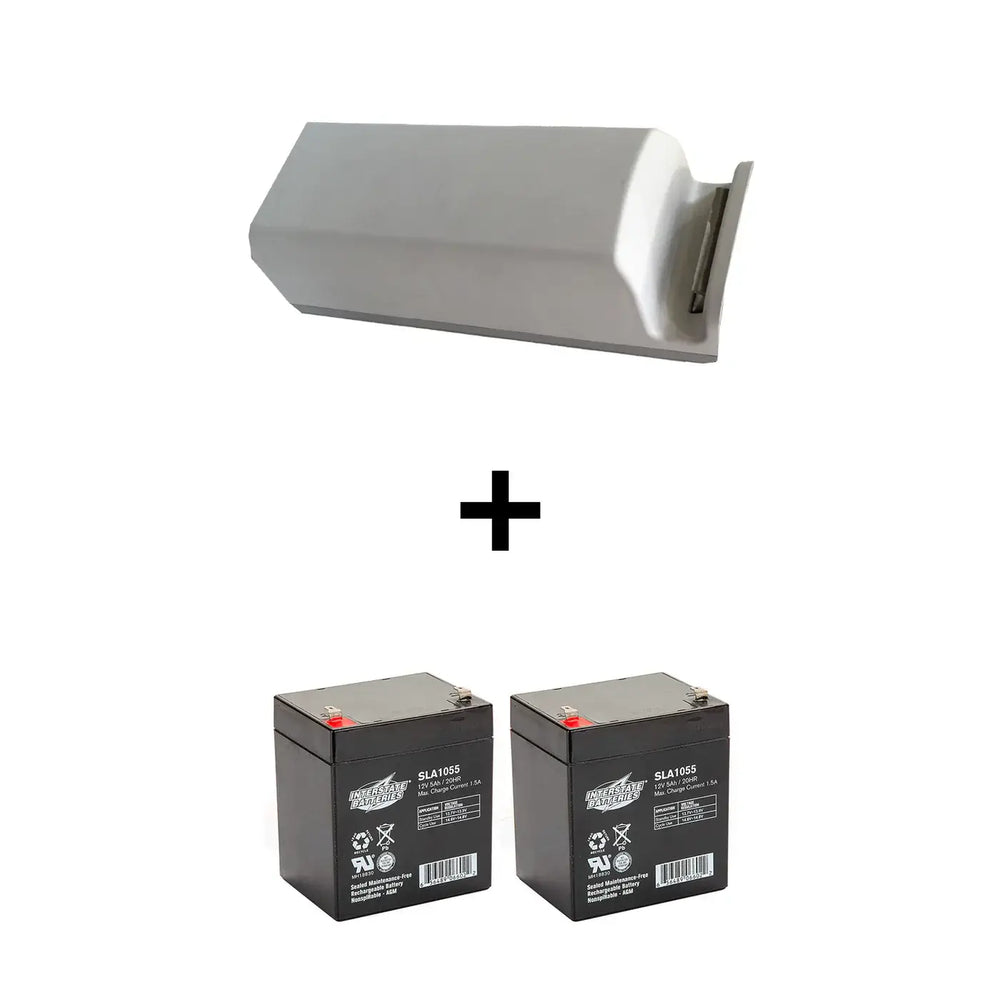How Long of a Ramp Do I Need for 3 Steps?
If you're wondering how long of a ramp you'll need for three steps, it's important to start with the total rise from the ground to the top of those steps. Ensuring that your ramp meets safety guidelines can make a big difference for accessibility. But how do you determine the ideal ramp length based on that height? Let's break it down further to find the right solution for your situation.

Understanding Ramp Slope and Guidelines
When building a ramp for three steps, understanding the slope is vital. The slope determines how steep or gentle your ramp will be, which directly affects safety and usability. Ideally, a 1:12 slope ratio is recommended, meaning for every inch of height, you need at least 12 inches of ramp length. This gentle incline makes it easier for wheelchairs and those with mobility challenges to navigate.
Before you start, consider the materials and space available. A sturdy surface is important for stability, so choose materials like wood or metal that can support weight. Also, make sure the ramp has side rails for added safety. Keep in mind any local building codes, as they often provide guidelines on slope and width.
Calculating the Height of Your Steps
To calculate the height of your steps, you first need to measure the total rise from the ground to the top of the last step. Use a tape measure to get an accurate reading. Start at the ground level and extend it straight up to the highest point where the last step ends.
Once you have the total rise, divide that number by the number of steps you have. For three steps, this calculation will give you the height of each individual step. Be sure to round to the nearest fraction if necessary, as this helps in achieving a uniform height across all steps.
It's vital to guarantee that all steps are of equal height for safety and ease of use. If there are any irregularities, you may need to adjust your calculations or re-evaluate how you're building the steps.
Determining the Ideal Ramp Length
While you may want to create a ramp for three steps, understanding the ideal length is essential for accessibility and safety. The Americans with Disabilities Act (ADA) recommends a slope ratio of 1:12 for wheelchair ramps. This means for every inch of vertical rise, you'll need at least 12 inches of ramp length.
If your steps are, for example, 24 inches high, you'll need a ramp that's 24 feet long. To determine the exact length, measure the height of your steps accurately. Then, multiply that height by 12 to find the required ramp length.
Keep in mind that longer ramps are easier to navigate and provide a safer experience. Also, consider the space available for installation; you may need to adjust the design based on your surroundings.
Portable Ramps: A Flexible Solution
Portable ramps are a popular choice for many homeowners and businesses because they offer flexibility and convenience. Unlike permanent ramps, portable ramps can be moved, adjusted, or stored as needed. This makes them ideal for temporary situations or when access needs change frequently.
There are many types of portable ramps available, including folding, telescoping, and roll-up models. These ramps are designed to be lightweight yet sturdy, making them easy to transport and set up. When selecting portable ramps, it's crucial to consider the total rise and the recommended slope to ensure safety and usability.
Portable ramps come in various lengths and widths. For three steps, you may need a portable ramp that is at least 6 to 12 feet long, depending on the total rise and whether the user will be assisted or unassisted. For example, if each step is 7 inches high, the total rise is 21 inches, and an ADA-compliant ramp would be 21 feet long. However, for residential use with assistance, a 10-12 foot portable ramp may often suffice.
Choosing the Right Portable Ramp
When selecting portable ramps, consider the following:
-
Weight Capacity: Ensure the ramp can support the weight of the user and any mobility device.
-
Width: The ramp should be wide enough for the intended mobility device, whether it's a wheelchair, walker, or scooter.
-
Surface: Look for non-slip surfaces for added safety.
-
Side Rails: Many portable ramps come with side rails to prevent accidents.
-
Portability: Consider how easy it is to transport and store the ramp.
Portable ramps are especially useful for renters or those who need a temporary solution. They are also ideal for travel, events, or when you need to provide access at multiple locations.
Installation and Safety Tips for Portable Ramps
Proper installation is key to maximizing the benefits of portable ramps. Always follow the manufacturer's instructions and ensure the ramp is placed on a stable, level surface. Check that the top and bottom of the ramp are securely positioned to prevent slipping.
It's also important to regularly inspect portable ramps for any signs of wear or damage. Keeping the ramp clean and dry will help maintain its non-slip surface and overall safety.
Portable Ramps for Different Needs
Portable ramps are not just for wheelchairs. They can also be used for walkers, scooters, carts, and other mobility devices. Some portable ramps are designed specifically for thresholds, while others are suitable for steps, vehicles, or raised platforms.
If you need to navigate three steps, portable ramps provide a practical and versatile solution. They can be customized in length and width to fit your specific requirements, ensuring safe and easy access for everyone.






